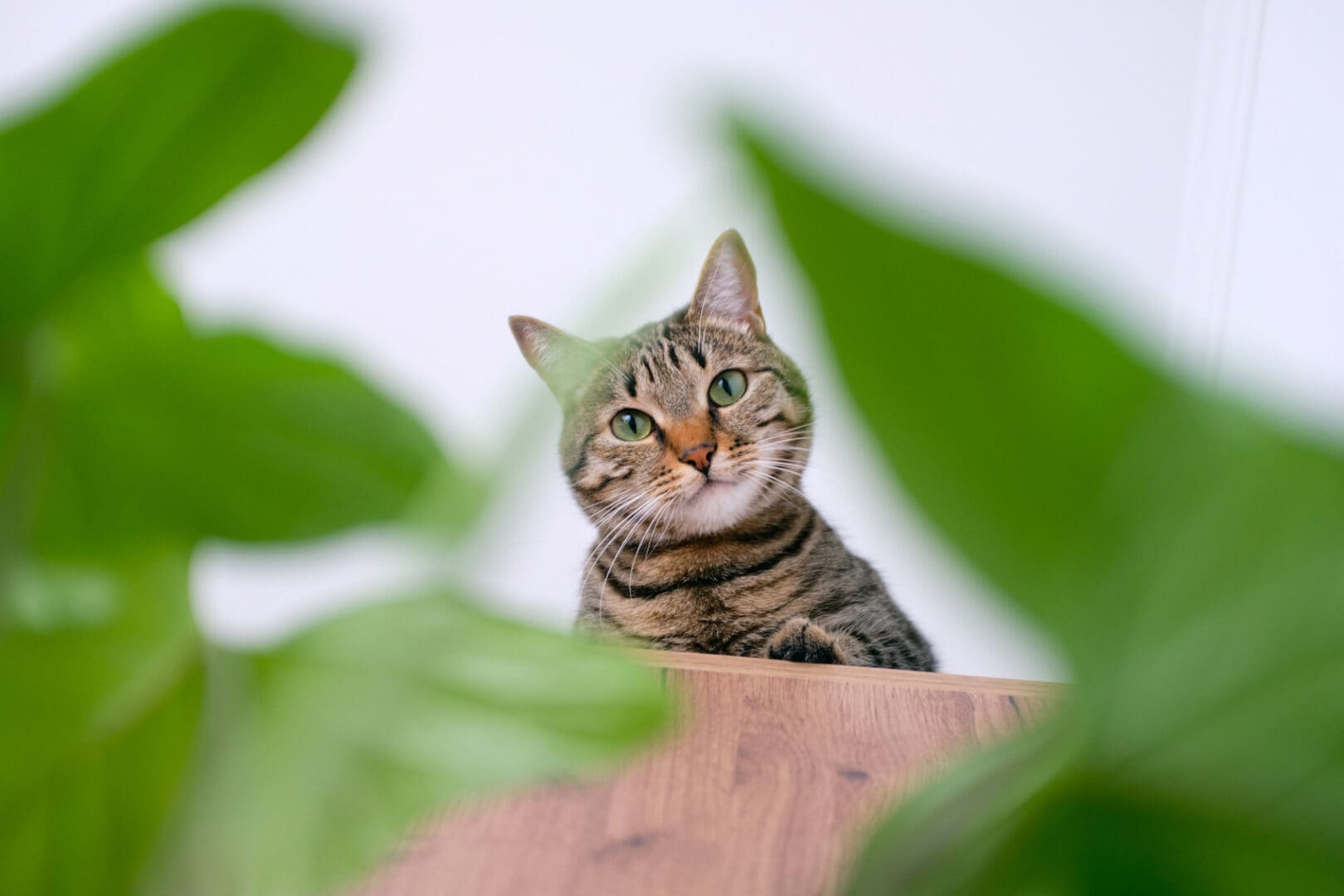Many of us love plants, and they also bring plenty of benefits to our living spaces—they provide us with life-giving oxygen, purify the air, and look great, while caring for them and watching them grow can also be a very satisfying and grounding experience.
Many of us also adore pets—the affection, unconditional love, and support they provide is sometimes second to none. Unfortunately, pets and plants are not always perfect partners. Have you ever wondered which house plants are safe for pets? Or what happens if your dog eats your plants? Some plants are poisonous to dogs and some plants are toxic to cats, and can cause loss of appetite, sickness, seizures, and worse. Even if you’re an experienced pet owner and have very well-behaved animals, some dogs and cats just love a little nibble on a leaf or stem. So if you share your home with a furry friend or three, make sure that you choose pet-friendly indoor plants to decorate your home.
Pet-safe indoor plants that are easy to care for
The pet-friendly plants in our list are all low-maintenance plants and joyful to look at. They’ll bring the outdoors inside and add calm to your space—plus, you won’t have to worry about having to call on your pet first aid skills or take an emergency trip to the vet.
Remember: All these plants should be kept in a pot with drainage holes in the bottom and a saucer underneath. Once you’ve watered them, let the excess water trickle into the saucer, then empty the saucer. Leaving it could result in root rot for your plants.
Orchid
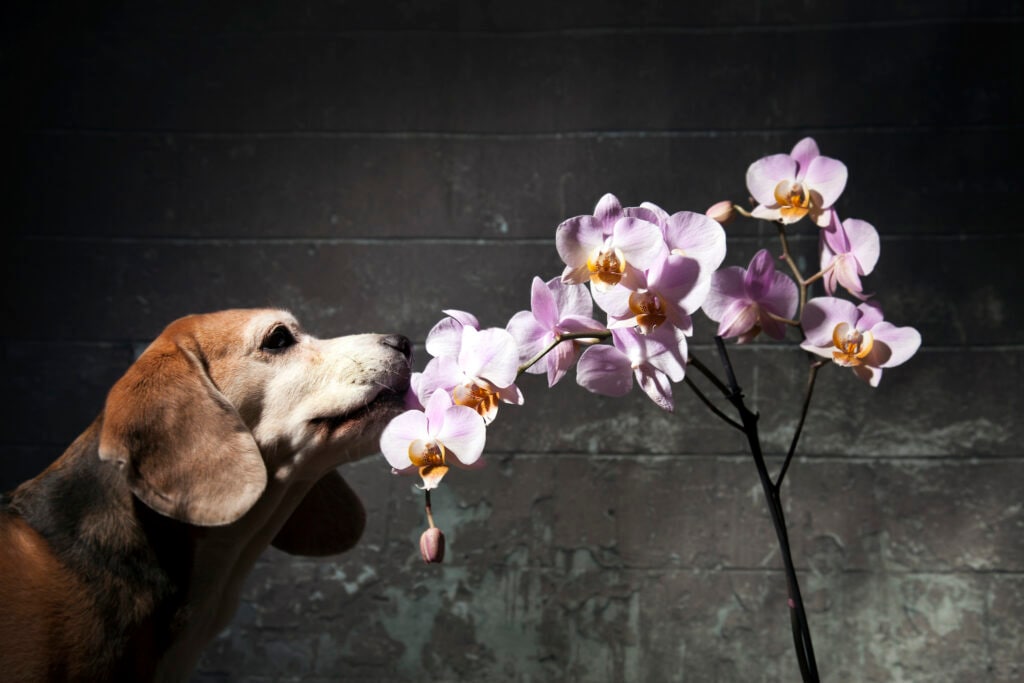
The elegant orchid is surprisingly easy to grow and absolutely pet-friendly. Available in hues of red, orange, purple, blue, yellow, white, and orange, their blooms will mix or match with your décor and return once a year, lasting about three months. Pot your orchid in sphagnum moss, and water about once a week in winter and twice a week when it’s warmer. Remember to prune the stem to just above a visible joint (called the node) after the blooms have fallen, since this will encourage another stem to grow. Most orchids like a humid atmosphere, so they’ll benefit from being misted with water spray.
Spider plant
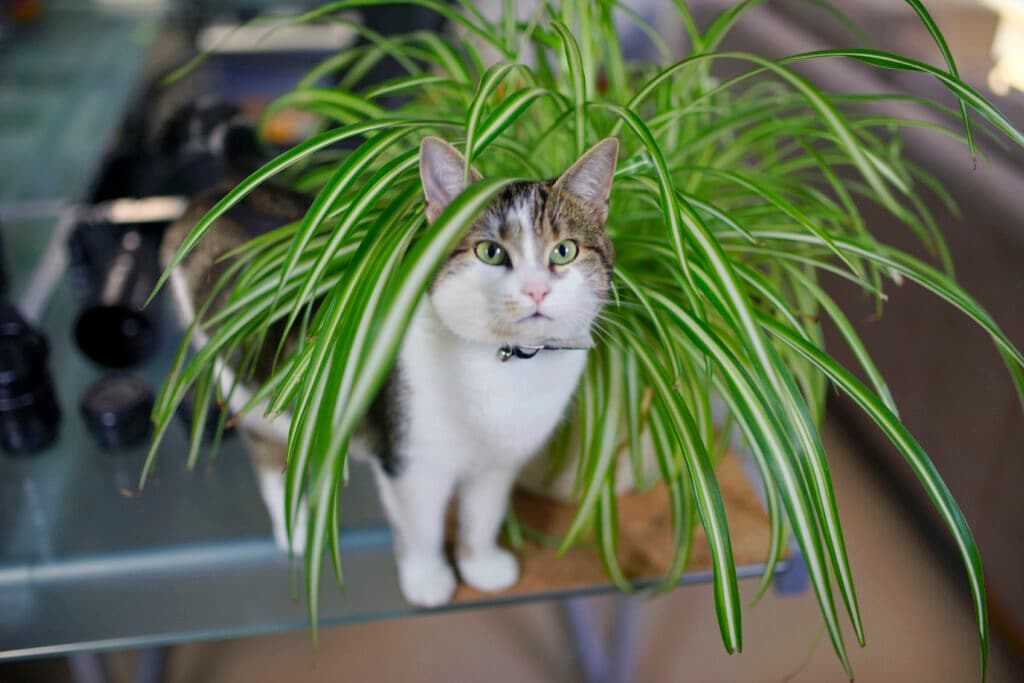
The spider plant is one of the most adaptable, easiest to grow houseplants and, most importantly, is a pet-safe plant. Spider plants produce beautiful little white flowers and suffer from very few problems other than occasional brown leaf tips caused by the fluoride in tap water. They need well-drained soil (so it doesn’t matter if you forget to water them for at least a week) and bright, indirect sunlight. It’s also a good idea to prune them occasionally, cutting back the baby shoots (a.k.a. spiderettes) they produce in spring.
Staghorn fern

The staghorn fern, with its attractive “antler” formation, is native to Australia and South-East Asia. It’s low-maintenance and if your cats and dogs are feeling cheeky and have a chew, their tummies won’t twist. So it’s a big winner. Staghorn ferns prefer high humidity and indirect light and only need to be watered once a week.
African violet
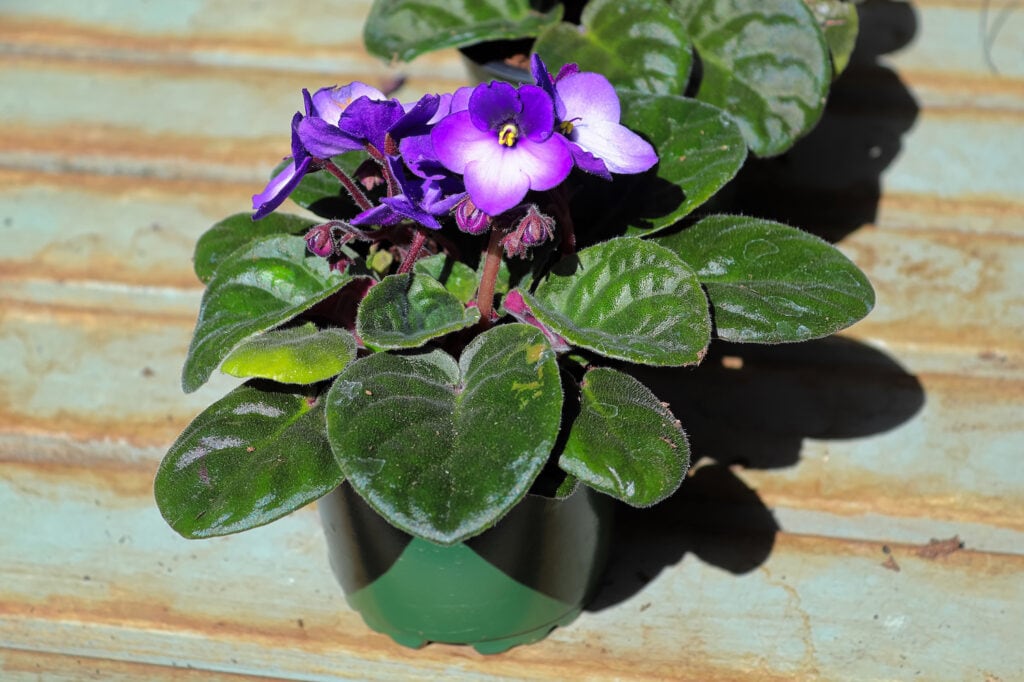
These beautiful pet-safe indoor plants with lush dark green leaves and dark purple flowers need bright light, warmth, and humidity, so pick a sunny spot for them. Ideally, you should water them from below, into their saucer—or just pour a small amount directly onto the soil.
Chain of hearts
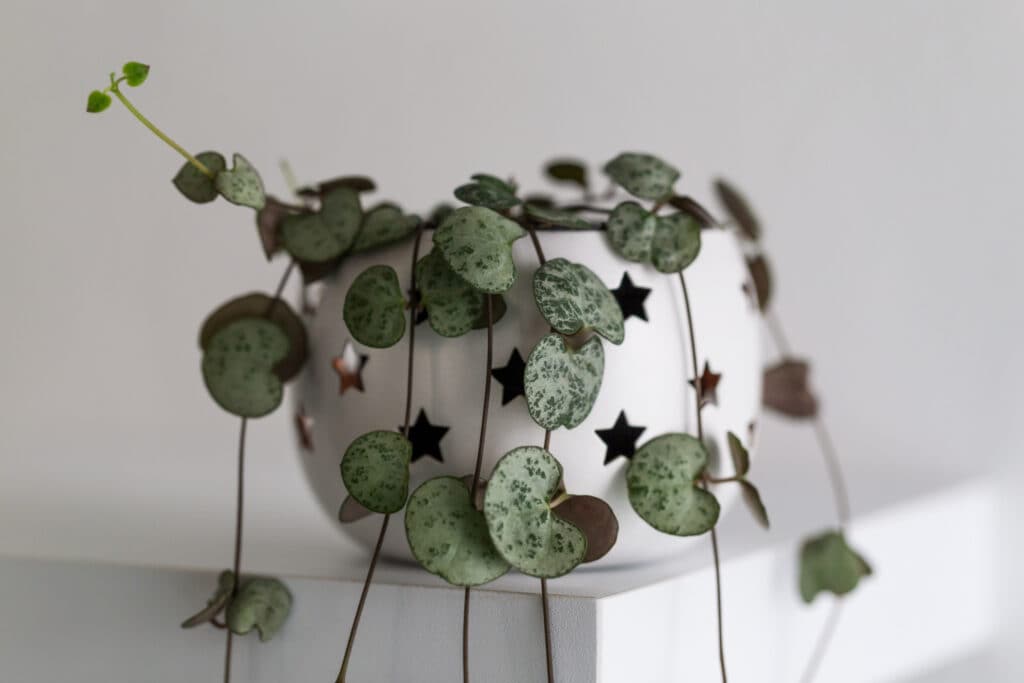
The beautiful chain of hearts plant is renowned for its delicate cascading vines with small leaves shaped like hearts and for being an indoor plant safe for cats. You can find them in green or a subtle silver or purple colour, adding beauty and charm to your home. They’re completely pet-safe, so feel free to display them from a hanging basket or perhaps on top of a shelving unit—their delicate chains could be tempting for cats to play with and snack on, but your kitty will be absolutely fine. This plant prefers indirect light and well-drained soil, so you won’t need to water it too often. In fact, too much water can lead to root rot, so don’t worry if you forget about it when you go on holiday.
Haworthia
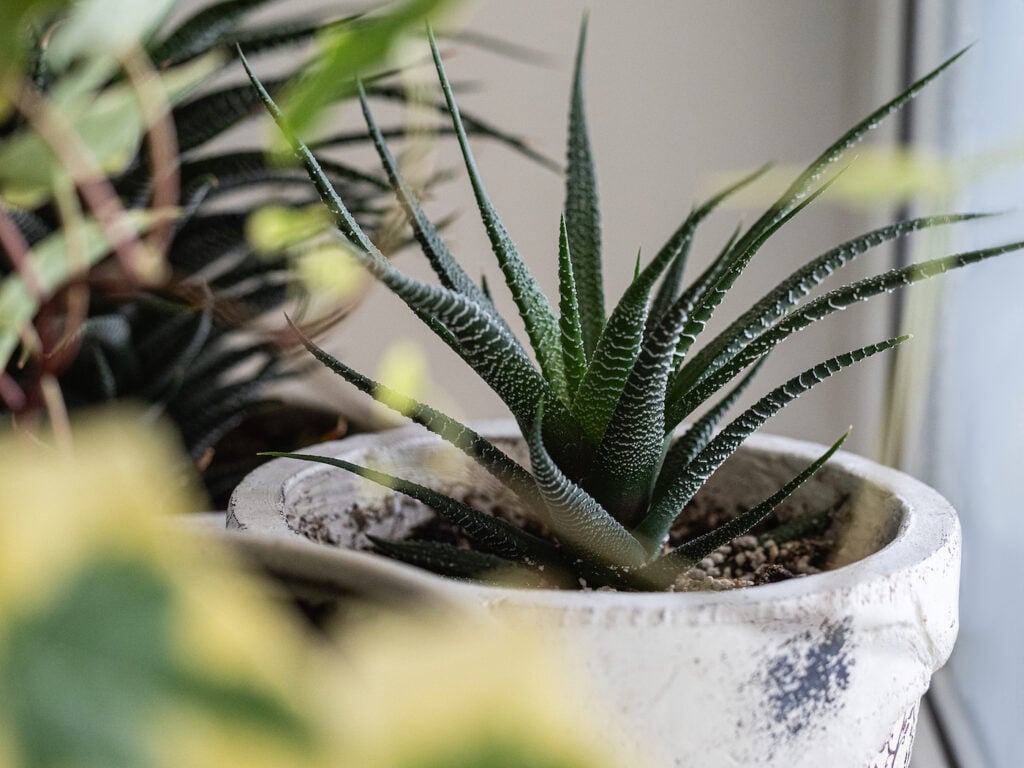
Aloe vera contains compounds that are unsafe for dogs to ingest, so if you’re a fan of succulents, consider haworthia as a substitute pet-safe house plant. Haworthia looks similar to aloe vera and is very low-maintenance. It thrives in low light conditions, so will brighten up a dark corner of your home, and is slow-growing, so you won’t need to repot it often. Just pop it into a well-draining pot and water infrequently.
Banana plant
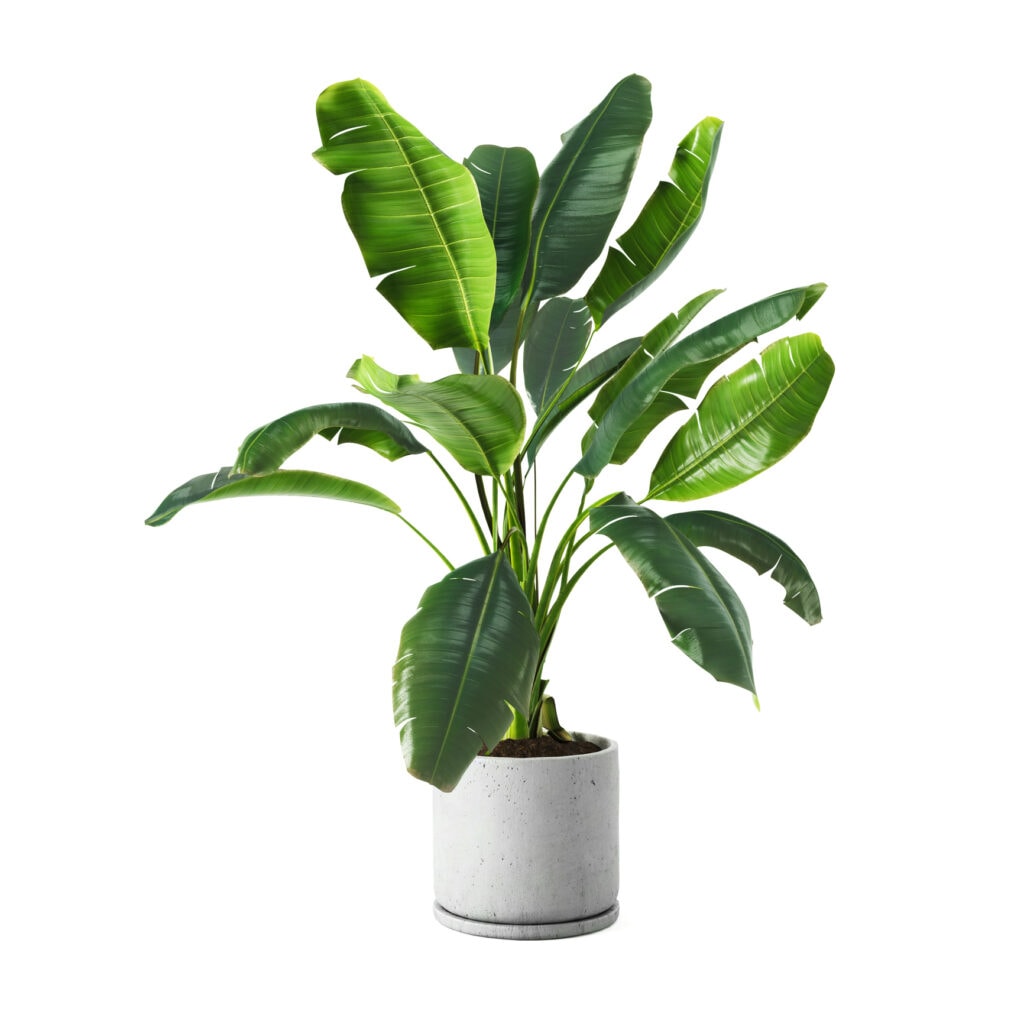
For a high-impact pet safe indoor plant, consider the banana plant. The large leaves of this tropical native offer a fun hiding place for your furry friends. Place it in direct sunlight during winter, but move it out of direct rays when it heats up outside, and water regularly to keep the soil moist at all times—little and often is the key.
Velvet calathea
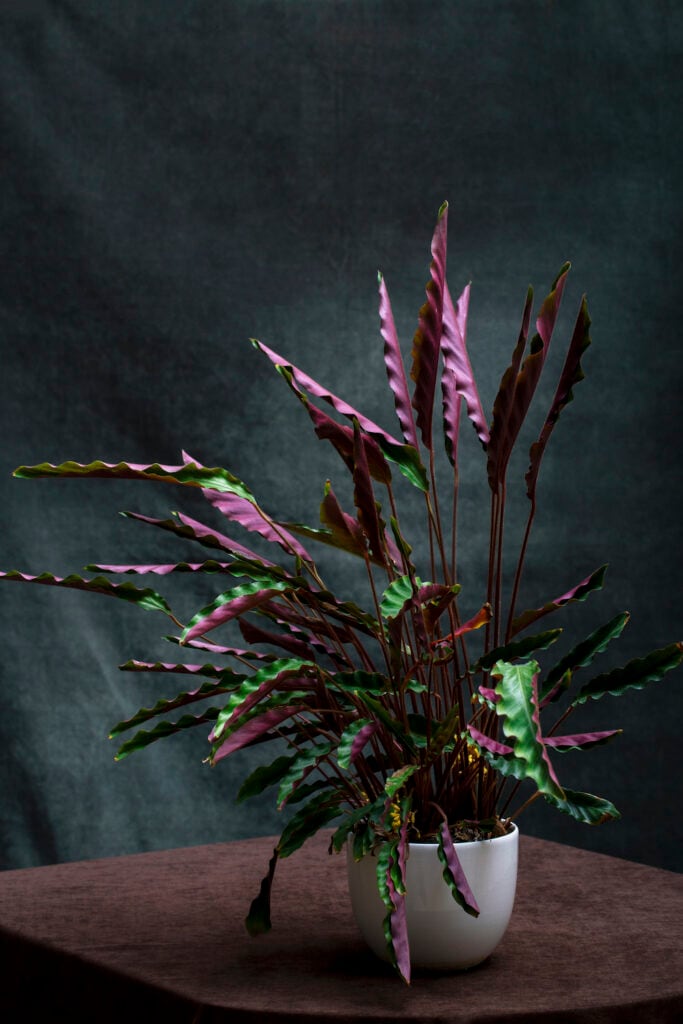
Known as a “prayer plant”, velvet calathea bursts open during daylight and closes up at night (it’s also known as “furry feather”). Tiny hairs cover its waxy leaves and feel a bit like velvet. Completely non-toxic, it has striking red stems and leaves that are blue-green on top and dark purple on the bottom. It needs damp soil, indirect light, and humidity.
Donkey’s tail
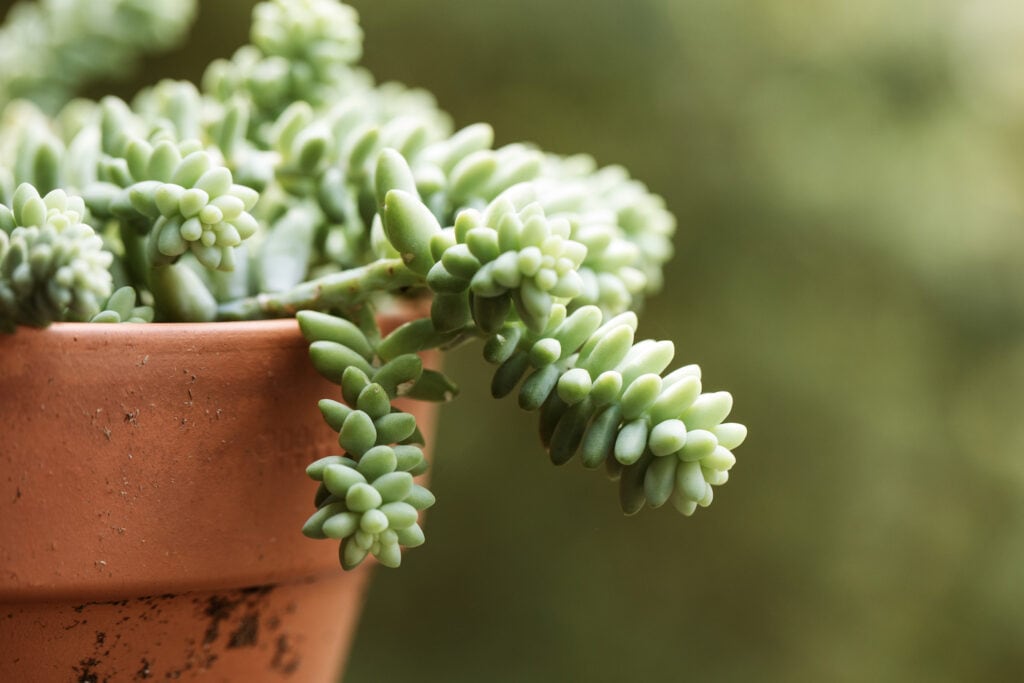
Some succulents are safe for your canine companions and feline friends, and some are not. Donkey’s tail is one of the good guys—and, with its stunning trailing leaves, it’ll also add a touch of style to your interior decoration. It loves sunshine and light, and stores water reserves in its leaves, making it low-maintenance. Just remember to water it once every fortnight or so.
Peperomia
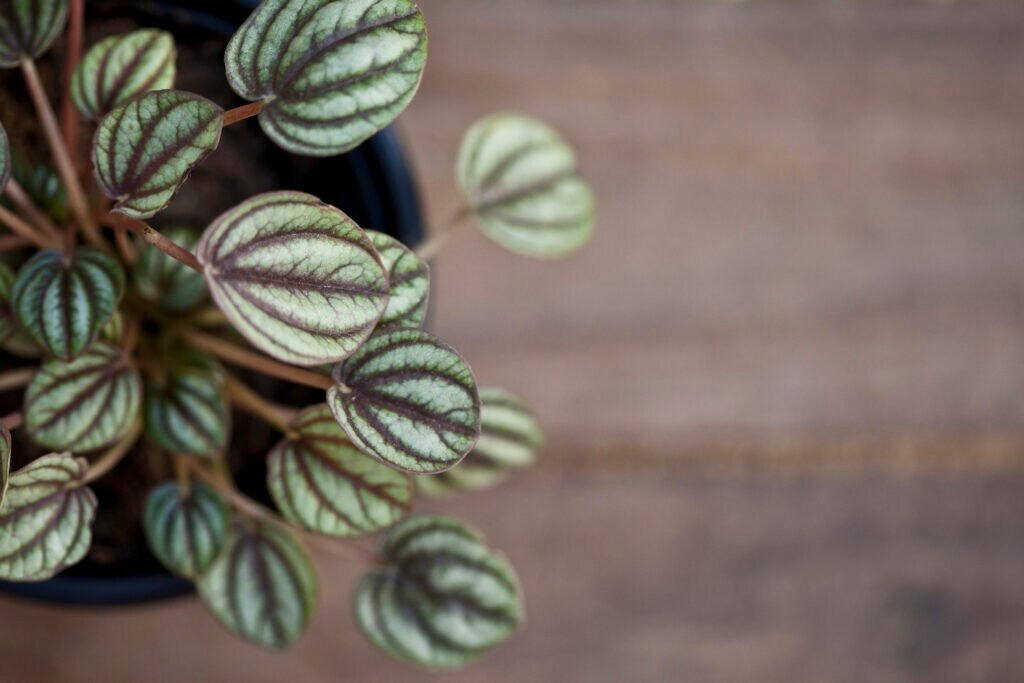
Our final pet-safe house plant is the beautiful trailing peperomia. They’re very interesting visually as the foliage is lush and bright green, with vines trailing downwards while each individual leaf finds a way to look at the sunlight. They like to be watered every one to two weeks during the growing season, so they don’t require much in terms of maintenance. Just keep them out of draughts and away from radiators.
There really is a plant for everyone, and now you’re familiar with some attractive pet-safe indoor plants, you can enjoy lush greenery all year-round while resting safe in the knowledge that no harm will come to your beloved furry friends.
